A box of ‘citizens’ pastries’
Artefact of the month – May 2020
During the inventory and cataloguing of the Seurasaari Open-Air Museum’s collections in 2019, we came across an interesting wooden box with a label glued to its side that was adorned with the double-headed eagle and coat of arms of imperial Russia, the year 1896 and the text “Kansalaisleivoksia (‘citizens’ pastries’), Georg Borman Pietari (Saint Petersburg)”. The object with its adornments and year piqued the staff’s curiosity to dig a little deeper into its history, especially as 1896 just happens to be the year that Nicholas II was crowned Emperor of Russia.
While the object was found to have nothing to do with the coronation of Nicholas II, it did turn out to be linked to a business success story that left its mark on both the Russian Empire and the Grand Duchy of Finland. In 1862, George Nikolaevich Borman established a small chocolate shop on Nevsky Prospect in Saint Petersburg. Initially focusing on the small-scale production of hand-made chocolates, the shop’s success eventually prompted the construction of an entire chocolate factory in Saint Petersburg, ten years after its establishment. In 1876, George Borman was appointed an official supplier to the Imperial Court, and in 1878 his company’s products won a gold medal at the Paris World’s Fair. In 1895, his products won further accolades at the Paris and Chicago World’s Fairs, and as production continued to grow, G.N. Borman decided to turn his company into a limited company.
In 1896, the company built a biscuit factory in Saint Petersburg and two other factories in Kharkiv, Ukraine, which produced chocolate and sponge cakes, respectively. That summer, George Borman’s products also won first prize in the All-Russia industrial and art exhibition held in Nizhny Novgorod. The prize was the right to use the image of the imperial double-headed eagle and the year 1896 on the company’s products. From then on, all of the company’s product packaging bore the double-headed eagle and the year 1896 until 1917, the year of the Russian Revolution. During the Revolution, Borman’s factory was nationalised, but its production did not completely cease.
George Borman’s products, including chocolates, sweets and biscuits, were also sold in Finland. Advertisements for his products were published at least in the newspapers of Helsinki, Turku and Vaasa in the early decades of the 20th century. The box that found its way into the collections of the National Museum of Finland is probably from the early 1900s and most likely contained biscuits or perhaps sponge cakes – nowadays these would not be called pastries, or leivos, in Finnish. Advertisements for these particular ‘citizens’ pastries’ have not been found in any newspapers, but then again advertisements at the time did not always include the specific names of products.
George Borman has been compared to Finnish confectioner Karl Fazer, and their companies also engaged in cooperation; the recipe for Fazer’s polar bear sweets, for example, was procured from George Borman.
Borman’s company also had other connections in Finland, particularly in Vyborg. In the early 1900s, George Borman junior had a summer house in Vyborg, called Villa Caprice, which served as an officers’ sanatorium and rest home during the First World War. Known as ‘Georges Bormanin sanatorio’ (‘Georges Borman’s sanatorium’), it was even sometimes called Borman’s hospital. The sanatorium employed both a doctor and a nurse. Located on the island of Pikisaari near Monrepos, the villa could accommodate ten patients, but only five in the summer, when it was occupied by Director Borman and his family. Among the villa’s features was an extensive park that included a small zoo, complete with peacocks.
At one point there was also a steam ship called Georg Borman operating on Lake Saimaa. In early summer 1912, newspapers reported on a ship launched from the shipyard of the Lehtoniemi engineering works in Vyborg, which was commissioned by Georg Borman Ltd. The ship was named Georg Borman I, and at the time it was the largest steam ship ever to have sailed on Lake Saimaa. Only after the ship had already been launched was it discovered that its bow needed to be narrowed to allow it to navigate the Saimaa Canal. The ship, which was 118 feet in length and had a displacement of 300 tonnes, is mentioned as having been positively grand compared to the other ships operating on Lake Saimaa. In an article published in the newspaper Wiipuri on 5 June 1912, the ship is lauded as “The Olympic of Saimaa” – the Olympic, completed one year prior in 1911, was the sister ship of the Titanic.
The box of ‘citizens’ pastries’ is not currently on display in Seurasaari.
Satu Frondelius
Litterature:
Hufvudstadsbladet 13.10.1910 no 12.
Wiipuri 5.6.1912 no 126.
Wiborgs Nyheter 21.8.1916 no 191.
The best confectionery factory of the Russian Empire, https://guideforyou-russia.com...


-
2024
-
2023
-
2022
-
2021
-
2020
-
 Maternity package for undocumented migrants
Maternity package for undocumented migrants
-
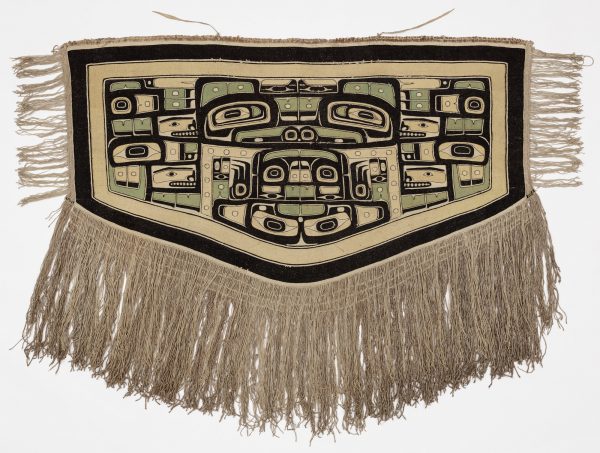 Chilkat blanket
Chilkat blanket
-
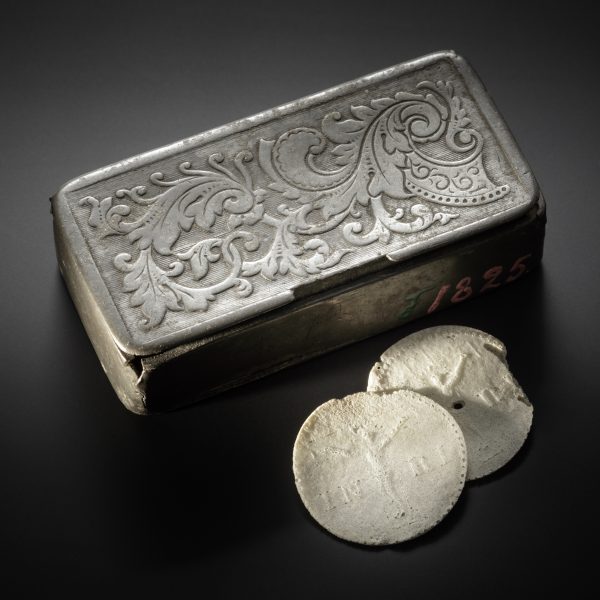 A box of sacramental bread
A box of sacramental bread
-
 Tar steamer model
Tar steamer model
-
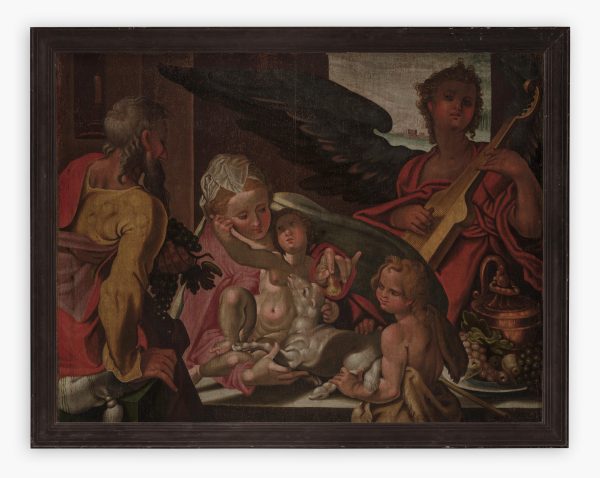 A holy family from the court of Prague?
A holy family from the court of Prague?
-
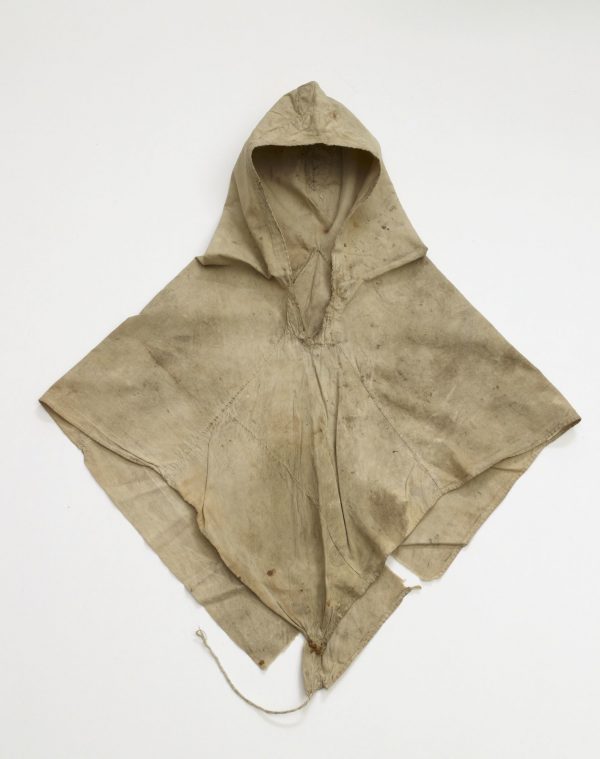 Mosquito hood from East Karelia
Mosquito hood from East Karelia
-
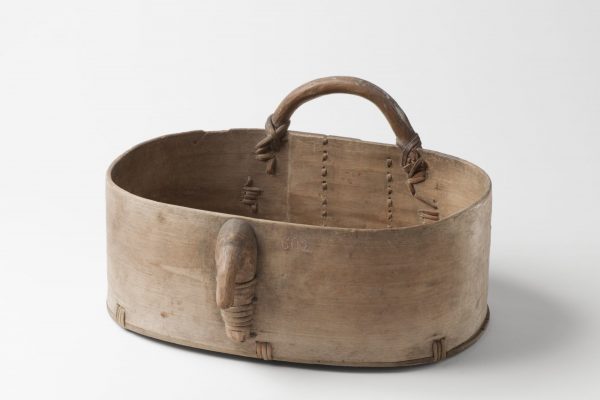 Seedlip (kylvövakka)
Seedlip (kylvövakka)
-
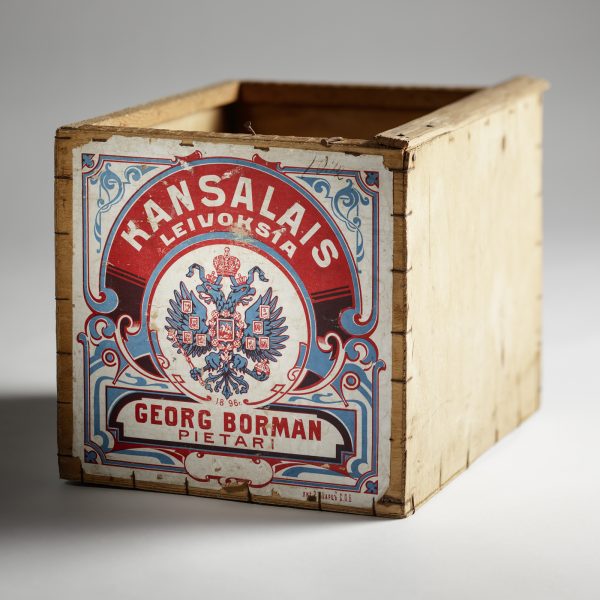 A box of ‘citizens’ pastries’
A box of ‘citizens’ pastries’
-
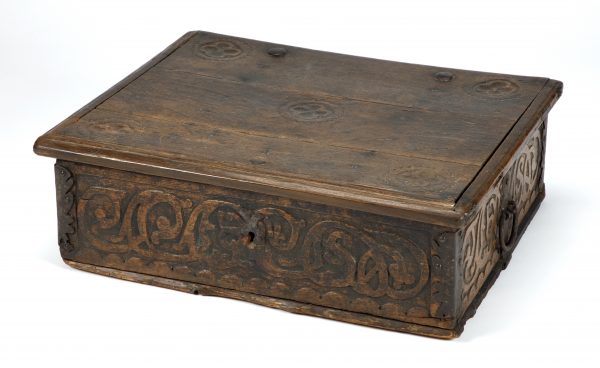 Oak night-box (nattlåda)
Oak night-box (nattlåda)
-
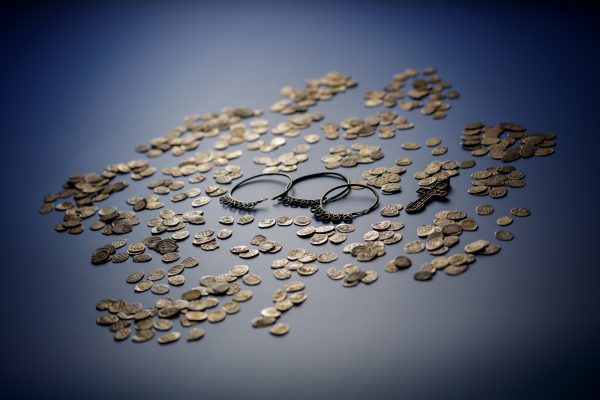 Silver coin hoard from Vieki
Silver coin hoard from Vieki
-
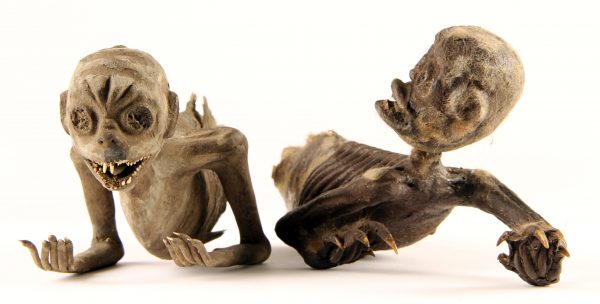 Two mermaids
Two mermaids
-
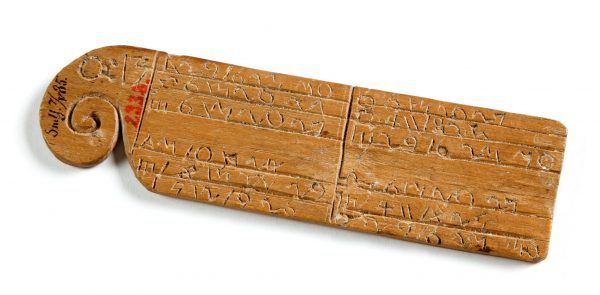 Carl Harlund’s wooden calendar
Carl Harlund’s wooden calendar
-
-
2019
-
2018